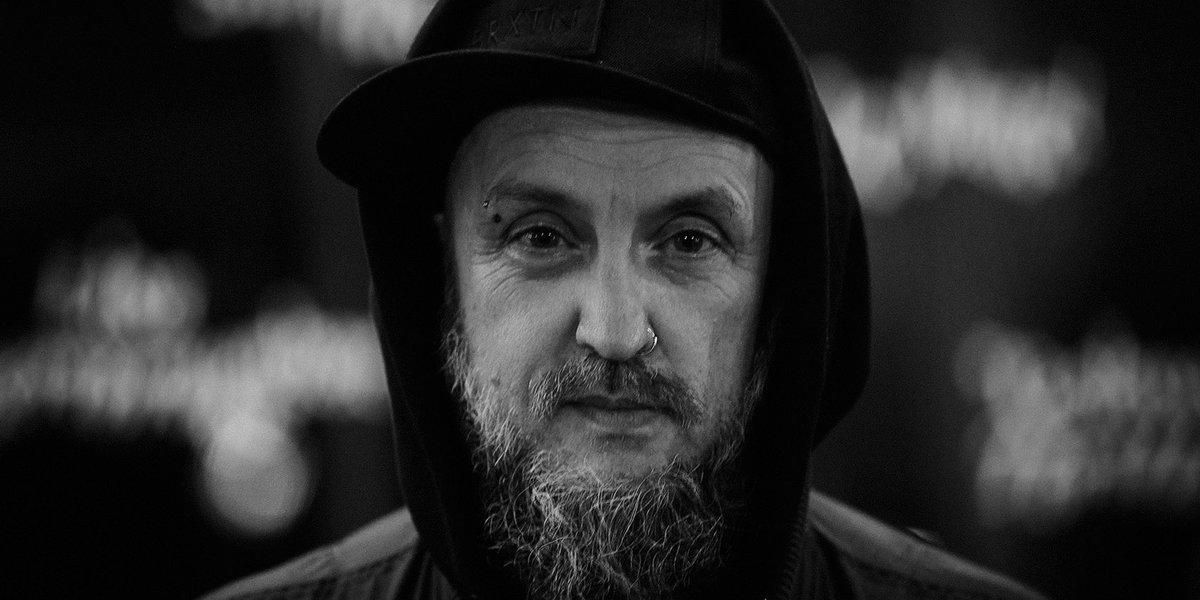In an interview with A4 TV, the Bug, aka formerly UK-based producer and sound manipulator Kevin Martin explains, “I love drowning in decibels. I like swimming in frequencies. I like to forget where I am.” For someone who sees the studio as a “passport off this planet”, these are words to consider when trying to pigeonhole what Martin does with sound.
Twelve years ago, his album London Zoo wrapped grime, dubstep, and dancehall into a relentless, nervously twitching aural creature that captured the inevitable Jamaican connections inherent in London’s DJ and electronic music culture. To listen to it was to be smacked around by frantic toasting, warp speed rhythms, and auto glass shattering bass. Hearing it now, after collaborations with everyone from Grouper (aka Liz Harris) to Earth’s Dylan Carlson and Jamaican dancehall DJ Burro Banton, shows how the Bug has evolved. He is using dub-based roots to slow his electronic impulses down to a crawl, using his ears and technology to build web-like coatings around his collaborators. The last decade’s worth of releases has seen him giving his audience a chance to nod their heads instead of continually being swatted on them.
Arguably, this approach has perhaps reached its apex with In Blue, his collaboration with Dis Fig (New Jersey-born, Berlin-based DJ and vocal chameleon Felicia Chen). Much of the music here is enveloped in a ricocheting hiss, as rubbery beats sound like the stubborn suction slurps of a trudge through the mud after a rainstorm. Here, Chen’s vocals are devoid of the type of panic she has employed on recordings such as “Excerpt from an Atypical Brain Damage”, waft by like slowly falling leaves, embraced by reverb buoyed in echo. Together, they’ve created music to dance to while being sucked into a black hole. It only seems fitting that LP cover shoes a grainy, black and white photo of a tunnel.
Buried on this record are those dubstep and other Jamaican UK DJ roots that more discernibly informed Martin’s past work. Here, comparisons to Horace Andy’s disembodied coos with Massive Attack might be more appropriate, though such things do nothing to give the listener an idea as to what In Blue sounds like. “In 2 U”, for example, wobbles by on a dirge-tempo riff that appears to become slowly engulfed, as Dis Fig whispers. The track drips with sex as she repeats, “take me into you”, but it might just as well be referencing a slow, inevitable disappearance altogether.
“Blue to Black” sounds like a looped recording of heavy machinery pounding a road as Dis Fig moans about a type of paralysis. “Enveloped and sinking / It’s pressing, it’s pushing over me,” she recites. The album’s final track, “End in Blue”, features her ghostly repetition of the song’s title over a drone. It’s as if the darkness the duo has conjured finally sucked all the rhythm from what’s left of the record. It’s a defense for the beauty of decay.
It’s difficult to know whether or not Martin’s mixing of this album in his Belgium home during 2020’s lockdown has anything to do with how claustrophobic all of this sounds, but there’s a vagueness here, an inability to focus in the dark. Shapes dart in and out, but telling the difference between the sidewalk and the road is difficult. That is until a truck’s headlights bear down on you. And by then, it’s too late to move. In Blue has tangential connections to other gauzy, drugged-out space techno such as JK Flesh or Wandl. There may even be a distant relationship to Wolfgang Voigt’s work as Gas. But for all its murkiness, this is genuinely sensual listening. For all its static-swamped helplessness, it’s never cold. Together the Bug and Dis Fig seem to say, “Since we’re trapped here, we ought to make the best of it.”


